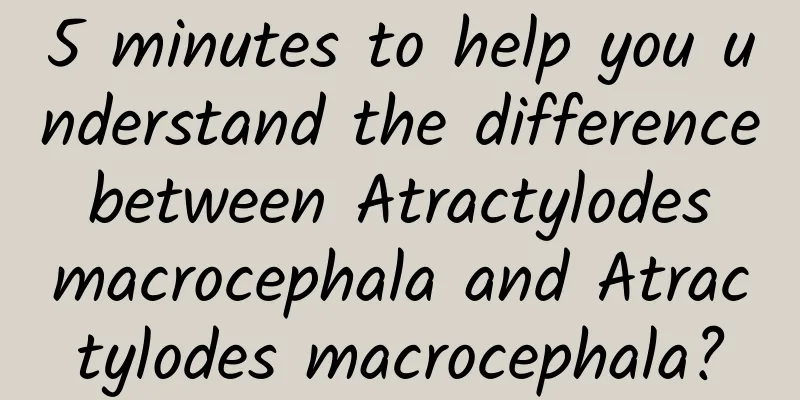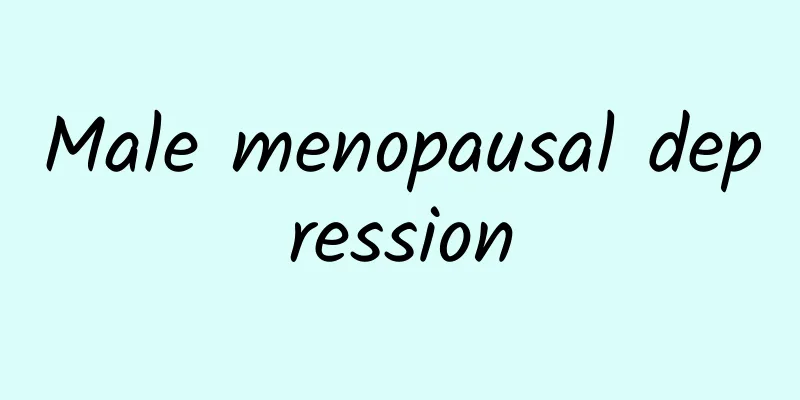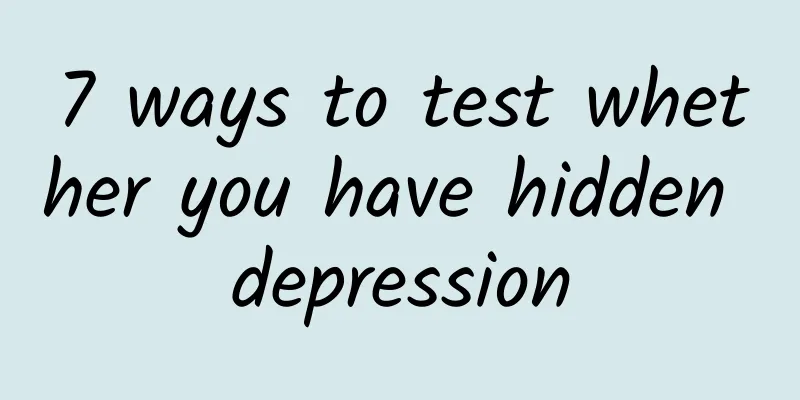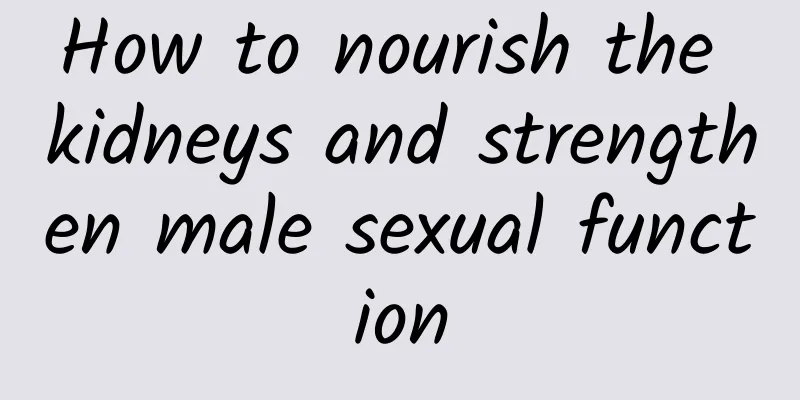What are the symptoms of convulsions? What causes convulsions?
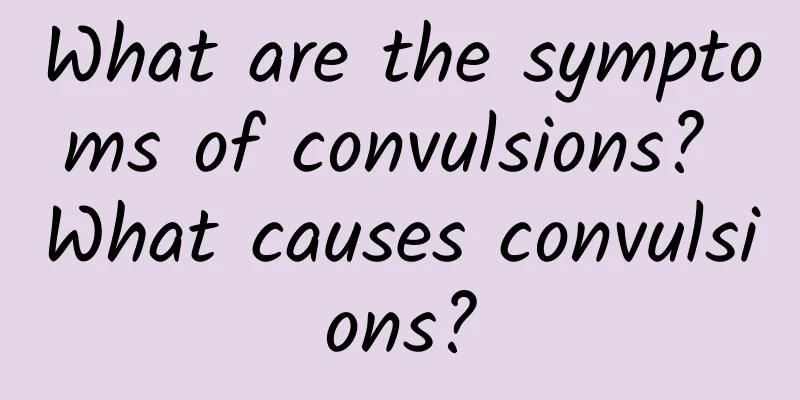
|
I remember when I was in primary school, one day at noon, a child was playing and suddenly fell to the ground, convulsing all over and foaming at the mouth. The baby was scared to death at the time. So what are the common manifestations of convulsions in life? Symptom description There are many causes of convulsions, and the symptoms also have many manifestations, the main ones are: fever, fever, constipation, phlegm in the throat, yellow phlegm, yellow and greasy tongue coating, high fever and thirst, constipation and abdominal distension, macules, stringy tongue, irritability, red eyes, bitter mouth, constant irritability and insomnia, blood deficiency, frequent convulsions, frequent convulsions, excessive phlegm, excessive phlegm, poor appetite, abdominal distension, cold limbs, loose stools, clenched jaws, opisthotonos, whole body spasms, twitching of upper and lower limbs, irregular attacks, and clear consciousness. Clinical manifestations 1. Generalized tonic convulsion: The muscles of the whole body are rigid, twitching in waves, showing opisthotonos (the head is tilted back and the whole body is bent backward in a bow shape), the eyes are rolled up or staring, and the person is unconscious. 2. Localized convulsions: only local muscle twitching, such as twitching of only one side of the limb, or twitching of facial muscles, or twitching of fingers and toes, or eyeball movement, nystagmus, blinking, staring, etc. Most of them are unconscious. The above convulsions can last for a few seconds or minutes, and in severe cases, they can last for several minutes or recur. If the convulsion lasts for more than 30 minutes, it is called a continuous state of convulsion. 3. Fever convulsions: mainly seen in children aged 6 months to 4 years old who have convulsions during high fever. Fever convulsions are short-lived, and consciousness recovers quickly after convulsions. They often occur in the early stage of fever. In a fever, there is often only one convulsion. Brain diseases and other serious diseases can be ruled out, and the electroencephalogram is normal one week after the fever subsides. Category Seizures: A common involuntary movement, which is a tonic and convulsive convulsion of the whole body or localized muscle groups. Seizures may be generalized, such as epileptic seizures, or localized, such as focal seizures. Seizures may be accompanied by or without impaired consciousness. Tonic spasm: refers to a tonic contraction of muscles, such as the tonic phase of a grand mal seizure, the intramuscular spasms of the hands and feet in tetany, and the clenched jaw and opisthotonos in tetanus. Myoclonus: refers to a short, rapid, electric shock-like repetitive muscle contraction that can spread to several muscle groups or parts of the muscles. Myoclonus may be mild and not cause movement of a part of the body, or it may be so severe that the patient falls. Tremor: It is the rhythmic alternating movement of the agonist and antagonist muscles of the joints. The amplitude can be large or small, and the speed can be fast or slow, depending on different diseases. Common parts of tremor are fingers, jaw, lips and head. Choreotype: It is a sudden, rapid, amorphous, purposeless, coarse muscle group twitching, most commonly seen in the head, face, upper limbs, especially the distal limbs. Athetosis: It refers to the relatively slow twisting movement of fingers or toes, which manifests in various strange shapes, and its speed is between dance movements and torso spasms. Torsion spasm: It is a slow twisting movement of the proximal limbs and spinal muscles, also caused by basal ganglia disease. Fasciculation is an extremely rapid and brief contraction limited to certain muscle bundles, without joint movement, which can be induced by manual stimulation of the affected area. Habitual tics: are fast, short, repetitive, purposeful, stereotyped involuntary movements, common examples include blinking, pursing lips, frowning, shrugging, etc. Generalized tonic convulsions: the muscles of the whole body are rigid, twitching in waves, showing opisthotonos (head tilted back, the whole body bent backwards in an arched shape), eyes rolled up or staring, and unconsciousness. Localized convulsions: only local muscle twitching, such as twitching of only one side of the limb, or twitching of facial muscles, or twitching of fingers and toes, or eye movement, nystagmus, blinking, staring, etc. Most of the patients are unconscious. The duration of the above convulsions can be a few seconds or minutes, and in severe cases, it can last for several minutes or recur. If the convulsion lasts for more than 30 minutes, it is called a continuous state of convulsion. Febrile convulsions: mainly seen in children aged 6 months to 4 years who have convulsions during high fever. Febrile convulsions are short-lived, and consciousness recovers quickly after the convulsion. They often occur in the early stage of fever. In a fever, there is often only one convulsion. Brain diseases and other serious diseases can be ruled out, and the electroencephalogram is normal one week after the fever subsides. |
>>: How to do push-ups to train chest muscles in a standard way?
Recommend
Precautions for Benign Prostatic Hyperplasia
Prostatic hyperplasia is a very common disease fo...
Have you ever tried this "exciting" stir-fried squid method?
Have you ever heard of squid? Many people don'...
How to treat prostatitis with a sitz bath
Some time ago, a friend of mine had prostatitis b...
What are some indoor fitness methods for men?
As the pace of society becomes increasingly stres...
Do men have menstrual periods every month?
Menstruation is mentioned first, and the first th...
Can men have liposuction on their buttocks?
Our living standards are constantly improving, an...
Symptoms of poor sexual function in boys
Sexual dysfunction is a very prominent problem in...
Traditional Chinese medicine treats chronic prostatitis from these five aspects!
Men often complain about how difficult it is to t...
What's up with the small bumps under the glans?
The glans of men is a relatively hidden and sensi...
Granulation on the glans
If a man has granulation on his glans, he must pa...
What causes men's cold feet?
In daily life, many people have cold hands and fe...
Men drink honey water to improve their sexual performance
With the continuous change and development trend ...
Why does a man have back pain?
Many male friends are prone to lower back pain. I...
Men who have white hair in these places need to nourish the kidneys
Hair growth originates from Qi and blood. When Qi...
Why do boys ejaculate in the middle of the night?
The male genitals are completely different from t...


